






 |
|||||||
 |
 |
 |
 |
 |
|||
 |
|||||||
|
McIntosh MC-225 There is probably no name in hifi tube audio more legendary than McIntosh. The iconic black and chrome “lead sled” tube amplifiers have been at the forefront of home audio for decades, eventually becoming statement pieces in the way a Rolls Royce or Bentley in the driveway shows the neighbors a level of opulence that they too can aspire to. Everyone knows McIntosh, and the quietly unassuming while simultaneously flashy aesthetics just drip quality. McIntosh tube amps even found fans in pro audio, most famously used by the Beach Boys to mix the iconic Pet Sounds LP, later powering Woodstock, and then on stage with the Grateful Dead powering their “Wall of Sound” with more than 28,000 watts of McIntosh solid state power. No name in home audio is held in more reverence than McIntosh. And yet, in nearly two decades of this hobby I have almost consciously avoided the brand. I’ve been a single ended guy for so long, and while I do also like push pull amps, McIntosh just seemed too mainstream for my tastes. I snobbishly assumed that their big and powerful amps would sound cluttered and syrupy, lacking details and just cranking out power. Yes, I know…very narrow-minded of me. Well, that misconception has been uprooted, and not gently. Now that I have been enlightened, I have to say that the MC-225 is one hell of a musical masterpiece. Both powerful and at the same time light on its feet, this massively dense hunk of tube audio is hands down the best sounding vintage amplifier I have had so far, and truthfully could hold its own against pretty much anything that I have owned to date. The MC-225 absolutely trounces the Scott 299, Dynaco ST70, Bogen Presto and the Sherwood S7700. The unit I have underwent a complete internal rebuild by Brice at Audio Karma, and while not cosmetically perfect, it is still a very good clean example. But looks aside, it's the sound! Upon firing the amp up for the first time, hooked up to my 96 db/wm Zenith drivers, I was immediately greeted by -- nothing. No noise at idle, an almost completely silent background. Anyone with some time in vintage audio can attest that silence is not the strong point of this gear, especially on efficient speakers where there is nowhere for noise to hide. Most old tube amps hum or spit to one degree or another. Not here. Putting on music revealed the biggest surprise. The MC-225 sounds amazing. It has warmth and a sense of ease that vintage does so well, but also dynamics, detail retrieval, and “snap” that rivals modern amps. Nothing is closed off or closed in, the amp presents a wide soundstage with good placement and sounds very realistic and in the room if the recording has that. It plays everything from chamber music to metal without breaking a sweat, and still sounds so good and relaxed on something like an intimate girl-and-guitar piece. Dynamics can be startling. What are the downsides? Not many that I have found so far. It's a fairly compact amplifier but is quite heavy and dense, and like many large transformer tube amps the weight is off balance and awkward making it perhaps difficult to move around for some. Because of this, I would imagine that in the 60 years since new a number of these have been dropped at one point or another. The speaker connectors are primitive screw mounts like everything from the early 60’s. There is no power on/off switch, which could be an annoyance, but is not an issue in my rig using an isolation transformer as the master switch. That's pretty much it. 25 watts is a good bit of power, and way more than I actually need, but it’s worth noting that this is the baby of the McIntosh world. Next up is the MC-230, 30 watt per channel tube rectified monoblocks using the wonderful 6L6 output tube. Then come the (also) 6L6 powered MC-240, probably the most classic McIntosh piece. And finally the massive KT88 powered MC-275. Those sport 40 and 75 watts of power respectively, hence the 240 and 275 designation, with 2 indicating stereo. I’ve read that the 225 is the best sounding of the lot, but without hearing the others I cant say if that is true or not. I do like the 7591 sound, and the 225 is said to have a simpler circuit, which might be one of the secrets in the 225 design. At any rate, this is an amplifier that McIntosh certainly got right. It's a mystery to me why they haven’t brought this one back in an updated version like the 275. In production from June of 1961 to August of 1967 there are only 5591 of these fine amplifiers out in the wild, making the 225 a fairly rare amp, especially in comparison to something like the Dynaco ST70 or the Fisher 500C. You need to be lucky to own a good 225. Vintage audio is a strange beast. Tube audio in general has a lot of variables, and there are a lot of places to go wrong, and the vintage factor further compounds those variables. But there really is “something” about the sound of older tube gear that seems to be lost in the new stuff. These old pieces have their quirks; they often have a distinctive smell when warmed up, they can be fussy (and perhaps even dangerous), and there are often a lot of unknowns. But when it is right, the sound can be sublime. Having owned a few vintage receivers and amplifiers now, I can honestly say that I have enjoyed all of them and they have all sounded good. The McIntosh MC-225 ups the ante on that experience in a big way, an almost quantum leap. If starting fresh and knowing what I know now, this is where I would both begin and maybe end my vintage audio journey. I look forward to experiencing many more antique and vintage tube amplifiers before its all over, but I would not be surprised if in the end this were the pinnacle of that experience. Update, Summer 2022. I’ve owned this amazing amplifier for more than three years now, a very long time for me. This one is a quandary; I love the sound of the 225, the antique look and feel, and frankly the cache of owning a vintage McIntosh piece like this one has an appeal as well. But monetarily the 225 is worth a fair bit more than most of the equipment that comes through these doors, and my audiophool scheming self thinks, “If I sell the 225, I could buy XYZ.” As a result, its been burning a hole in my pocket for a while now. But every time I think about selling it I plug it back in and realize why I still have it. The 225 just has everything that vintage audio should have from my experience, and it seems to match perfectly with every speaker I’ve tried it with; from the most demanding of power, to the most efficient and finicky. If you can find a 225, grab it. McIntosh should reissue a modern version of this tube amplifier, it would be a big hit. I’d love to put my vintage beauty head to head with a modern 225. |
||||||||
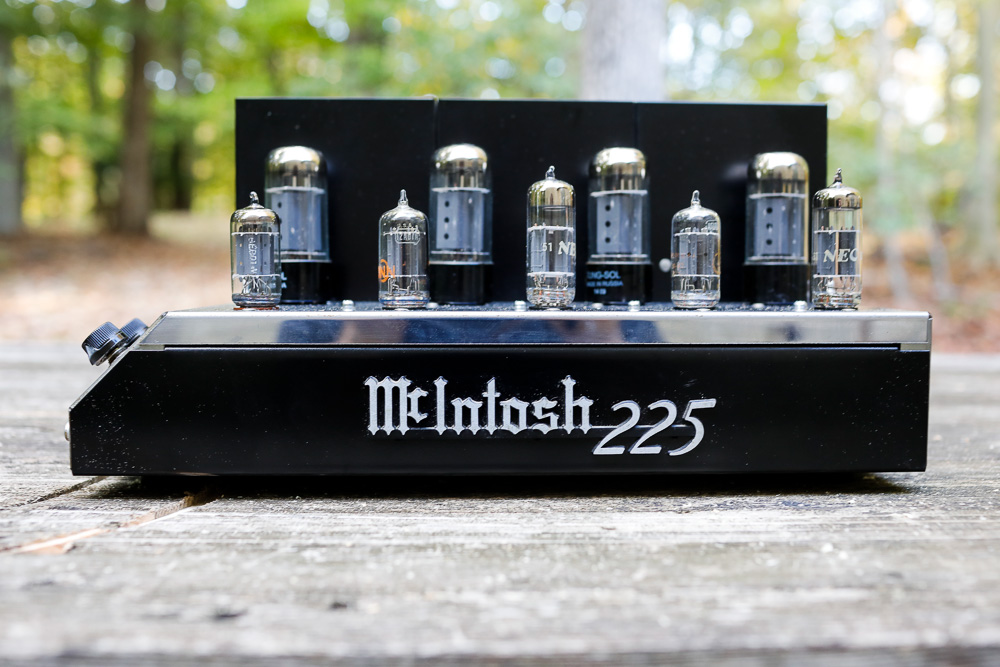
|
||||||||
|
Classic and classy, this is an amp that grabs the eye and certainly looks the business. A nice site for info on all things vintage McIntosh is the McIntosh Compendium, here. Well worth an hour or two of your time if you are interested in the gear. |
||||||||
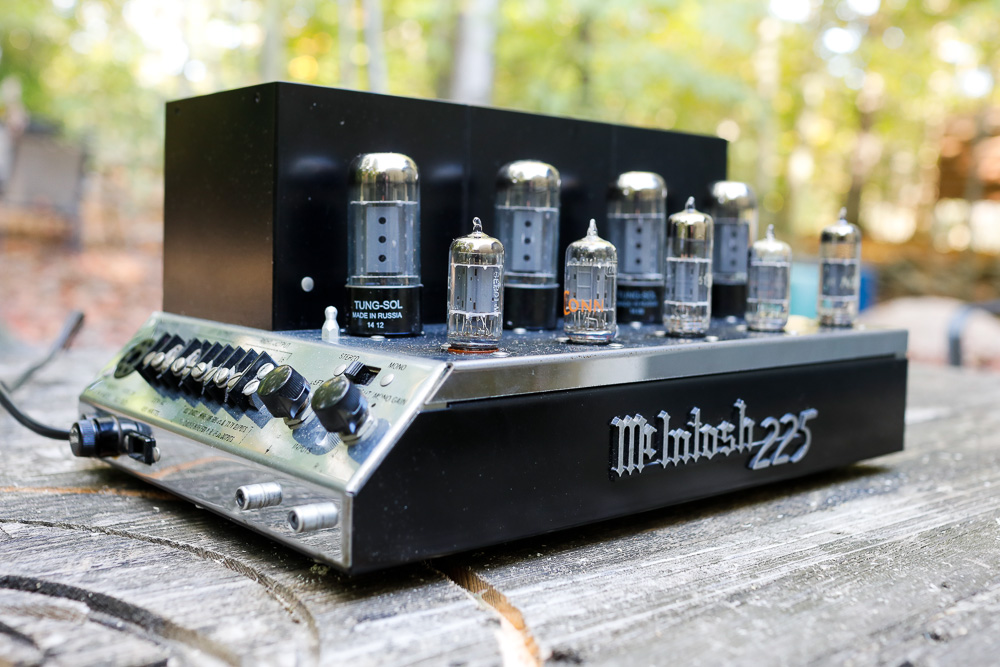
|
||||||||

|
||||||||
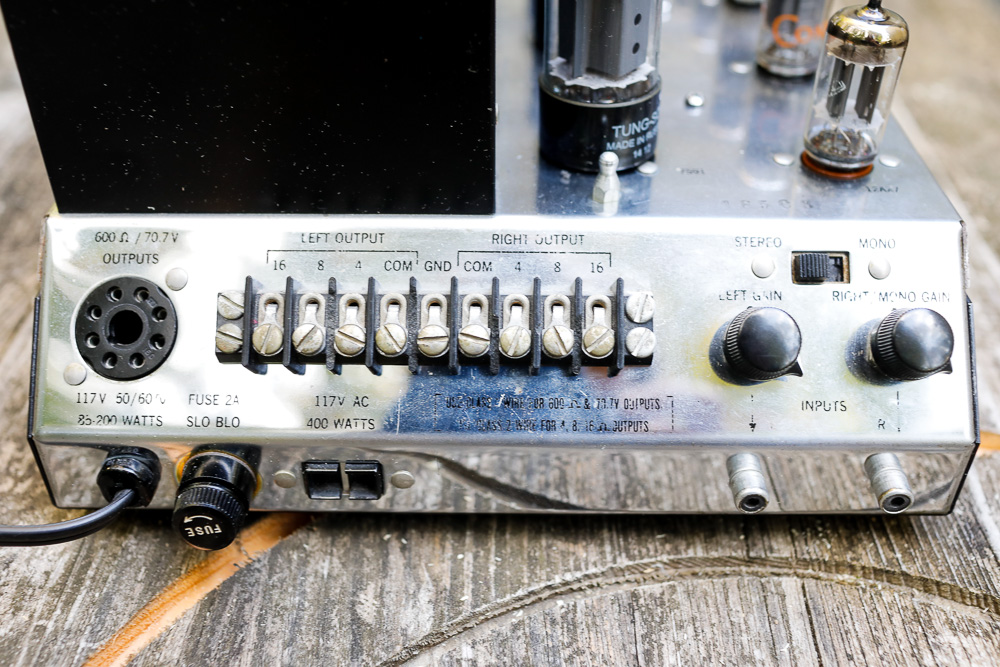
|
||||||||
|
Like all the other 60's tube amps, the connectors are fairly minimal by modern standards, with the notable exception of quite robust and nicely spaced RCA inputs. The lettering here is still fairly intact, which is nice. These amps are switchable between stereo and mono output, making 50 watts as a mono amplifier. |
||||||||
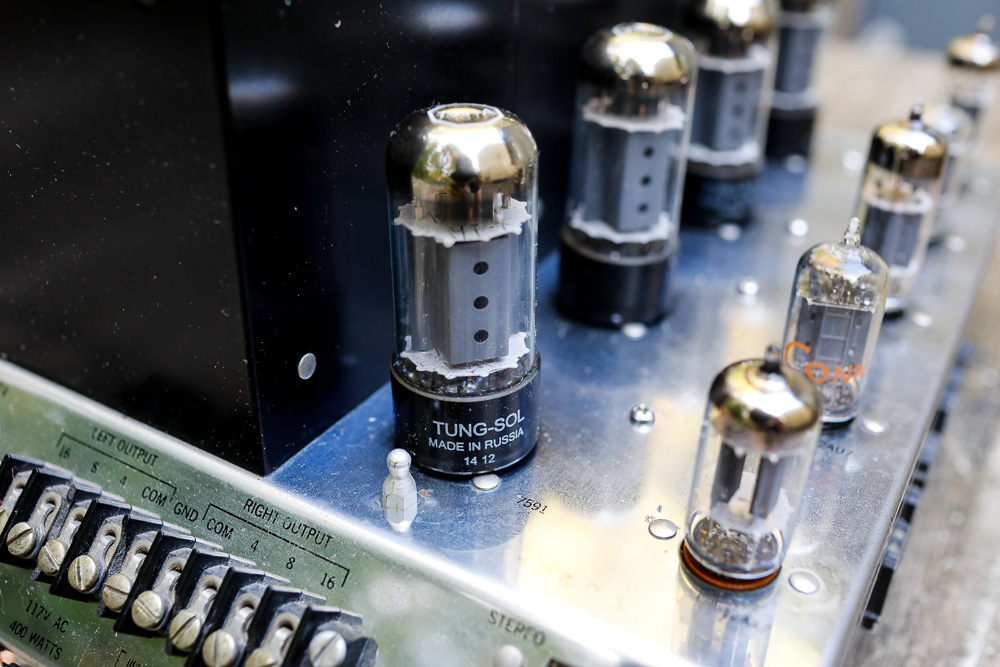
|
||||||||
|
The McIntosh MC-225 uses the 7591 pentode, which I have found to be a particularly musical tube. It’s a classic sound, very articulate and yet powerful and rich. |
||||||||
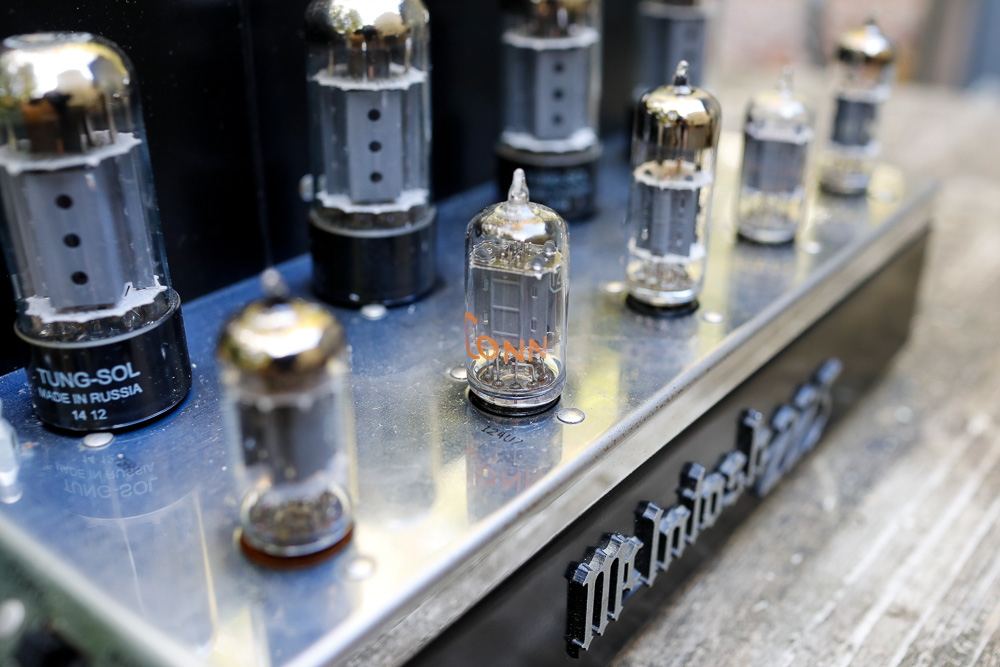
|
||||||||
|
The 12AU7 placed here are the RCA clear top. |
||||||||
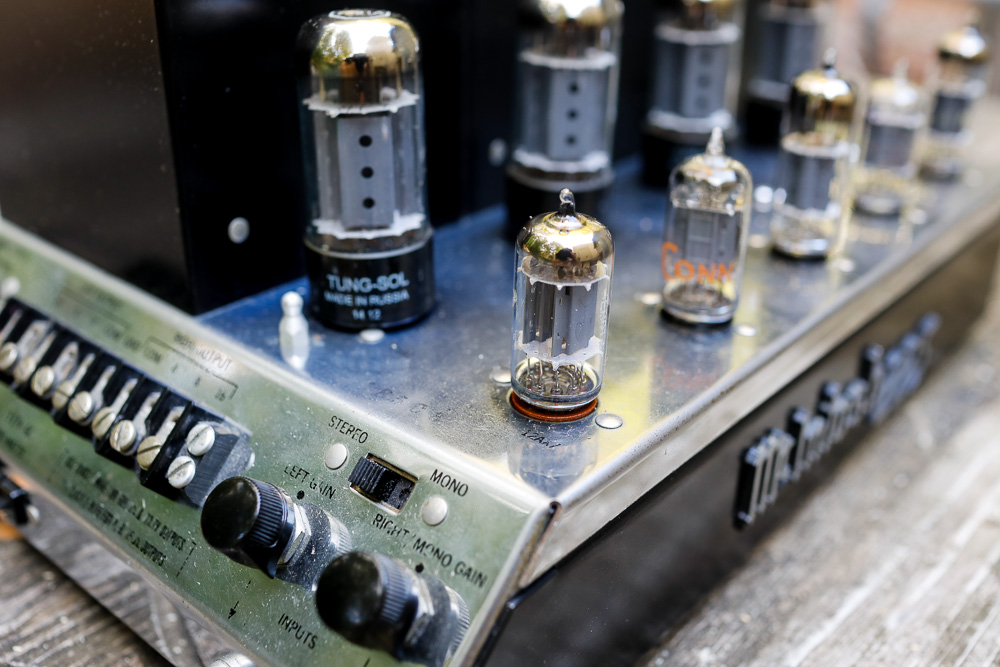
|
||||||||
|
This amp uses a single 12AX7 input tube, here as a Telefunken smooth plate. This is the key tube to roll in this amplifier to change the sound signature. |
||||||||
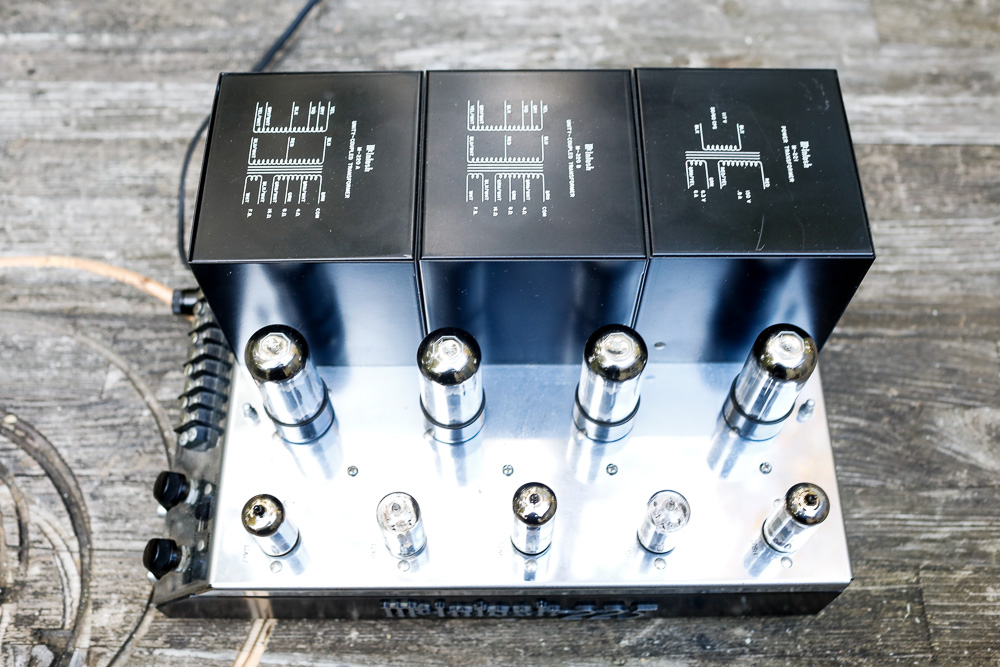
|
||||||||
|
Classic chrome and black always means McIntosh! |
||||||||
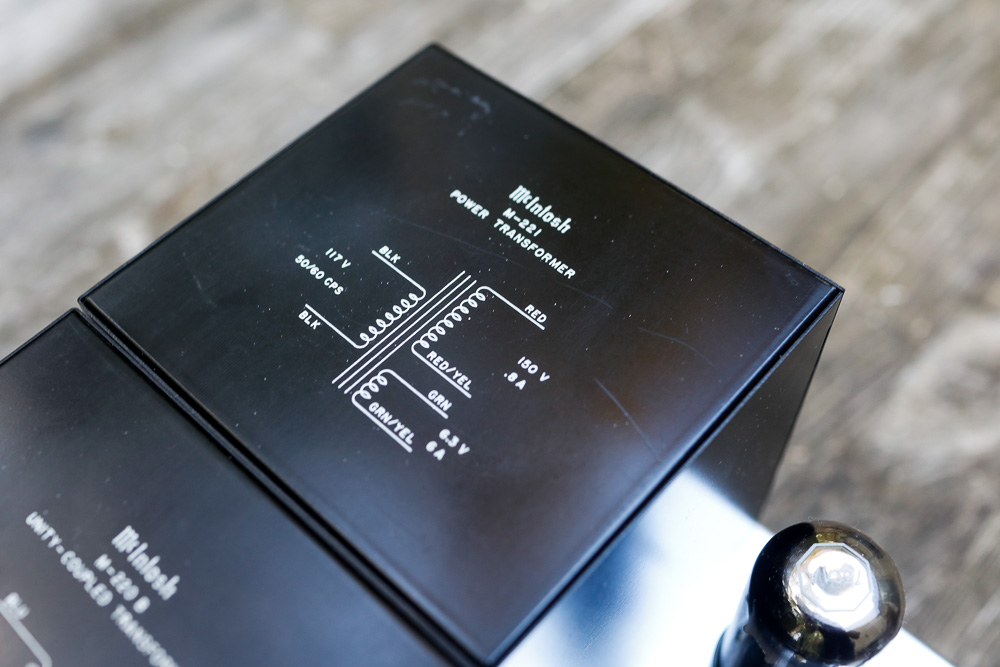
|
||||||||

|
||||||||
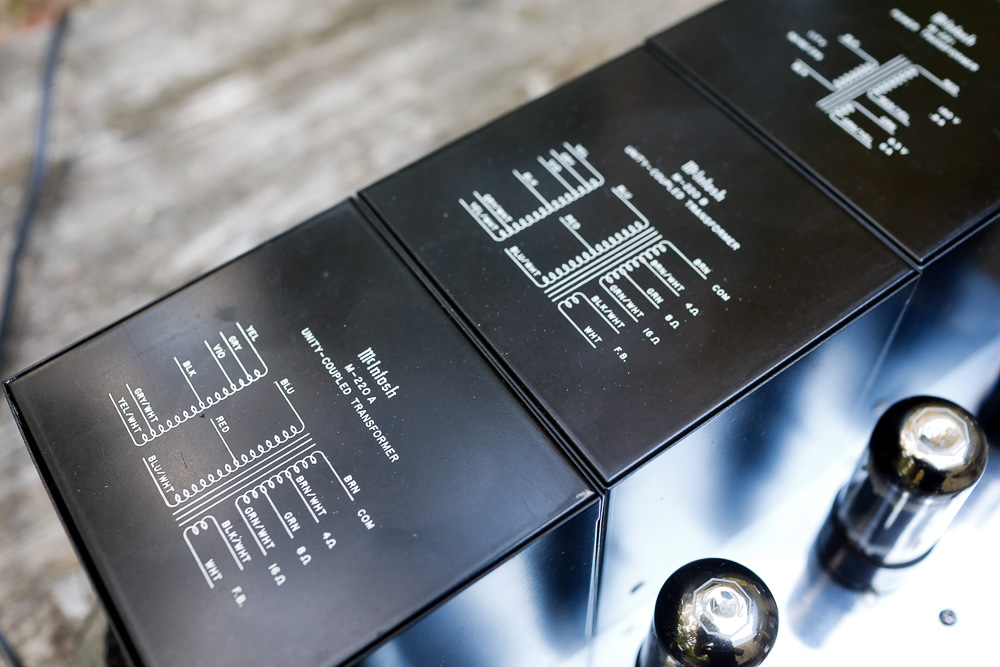
|
||||||||
|
The Unity-Coupled output transformer is a McIntosh secret weapon. This is key to their sound and is a proprietary feature not found on any other amplifier. |
||||||||
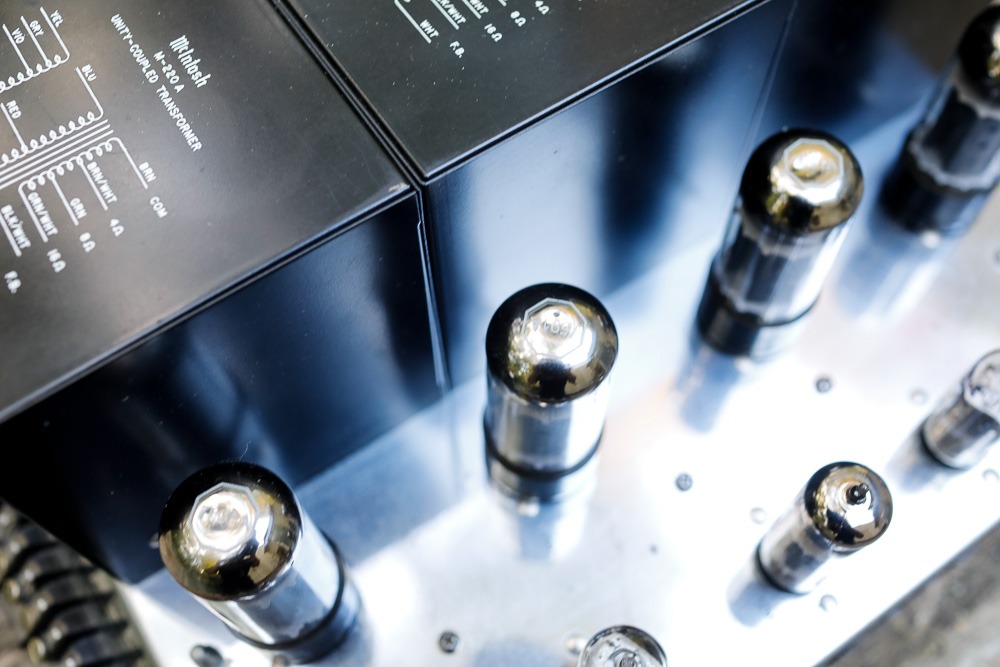
|
||||||||

|
||||||||
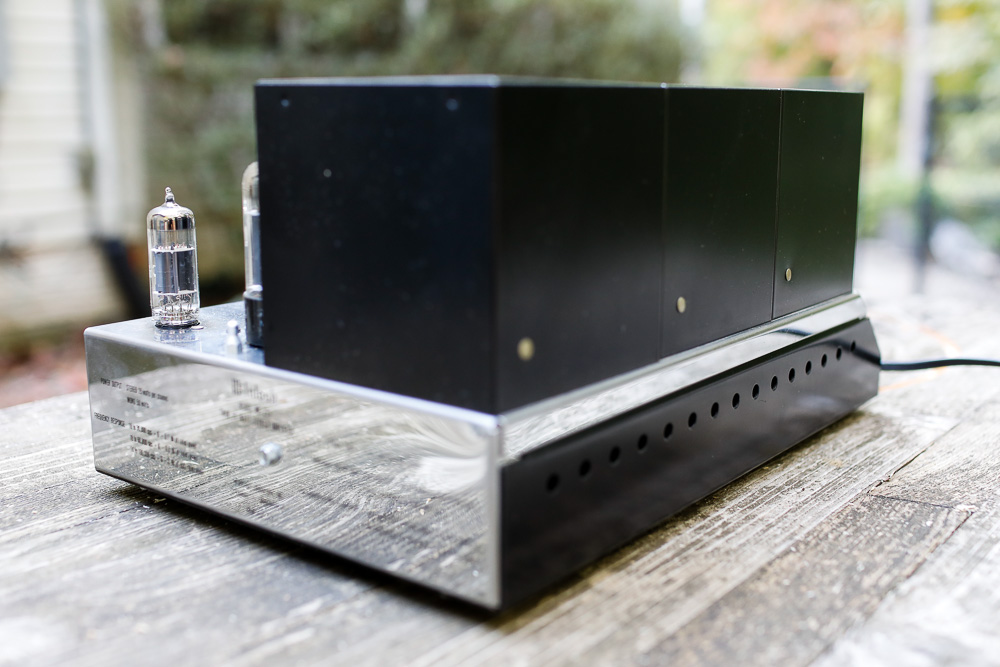
|
||||||||
|
Clean lines and a very clean design overall. |
||||||||
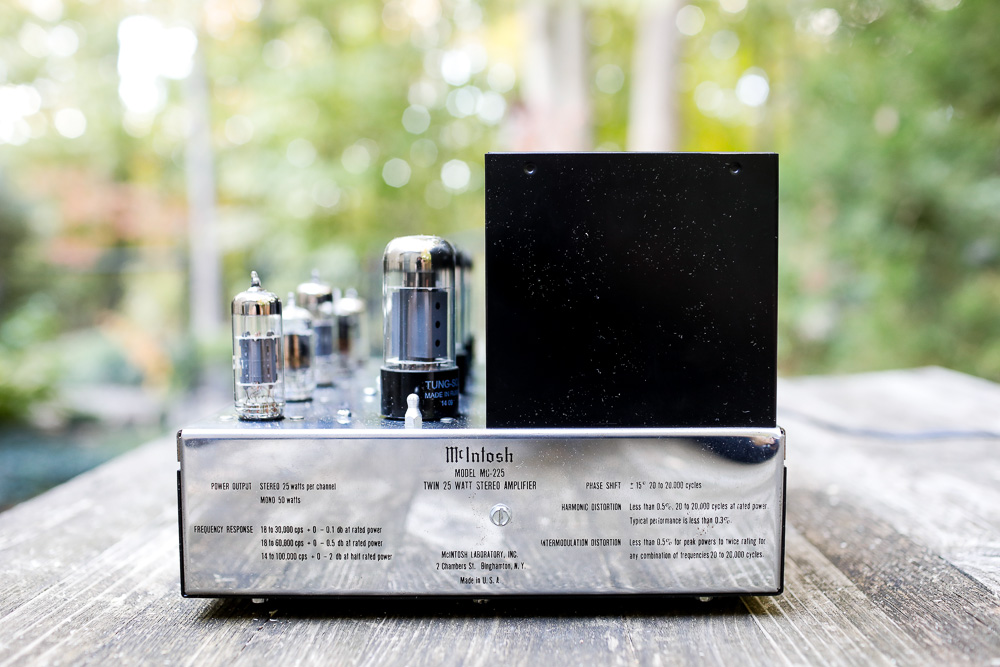
|
||||||||
|
I'm lucky to have a 225 with the lettering largely intact, this panel is often unreadable. The chrome is still shiny after nearly 60 years! There is no doubt that these are quality units, well made, well designed, and built to last. |
||||||||
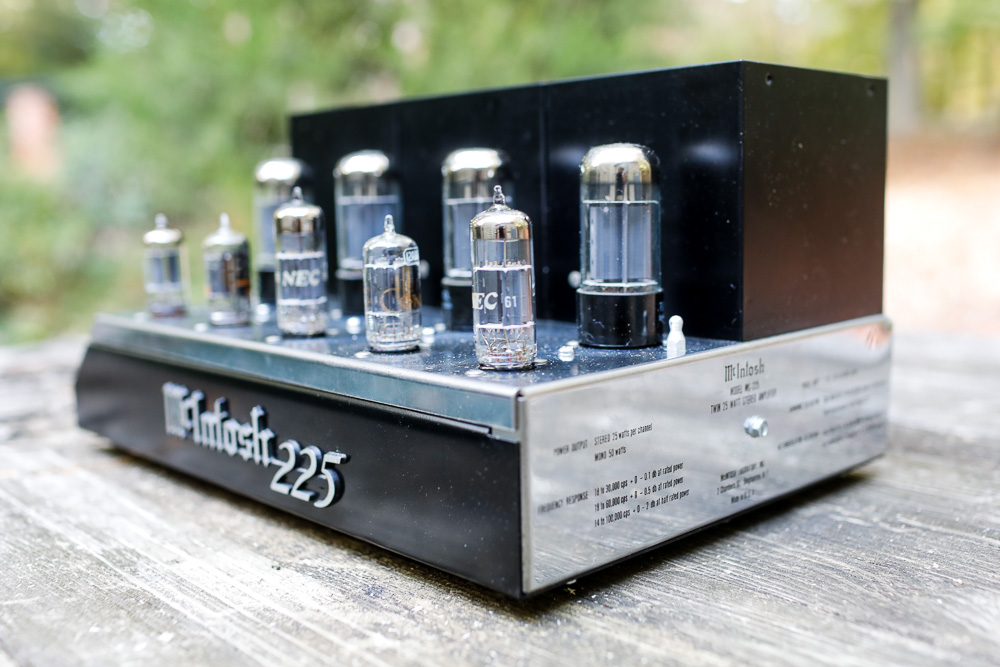
|
||||||||
|
The 12BH7 pictured here came out of a Sony reel to reel that I have harvested transformers and speaker drivers from. Many consider the 12BH7 a big factor in the sound of the MC-225. |
||||||||
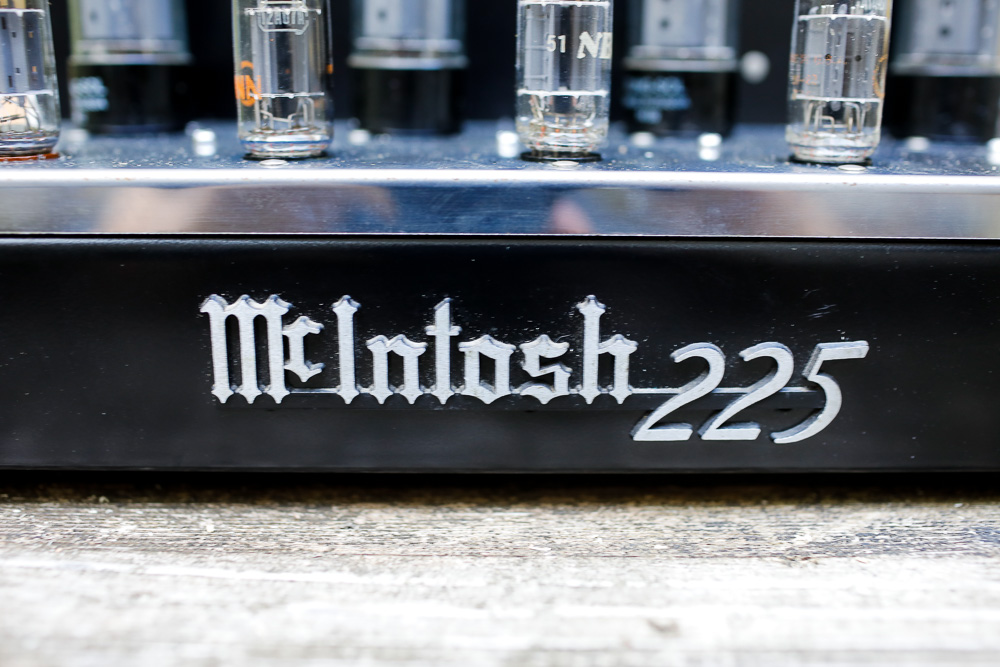
|
||||||||
|
Classic, unmistakable McIntosh! |
||||||||
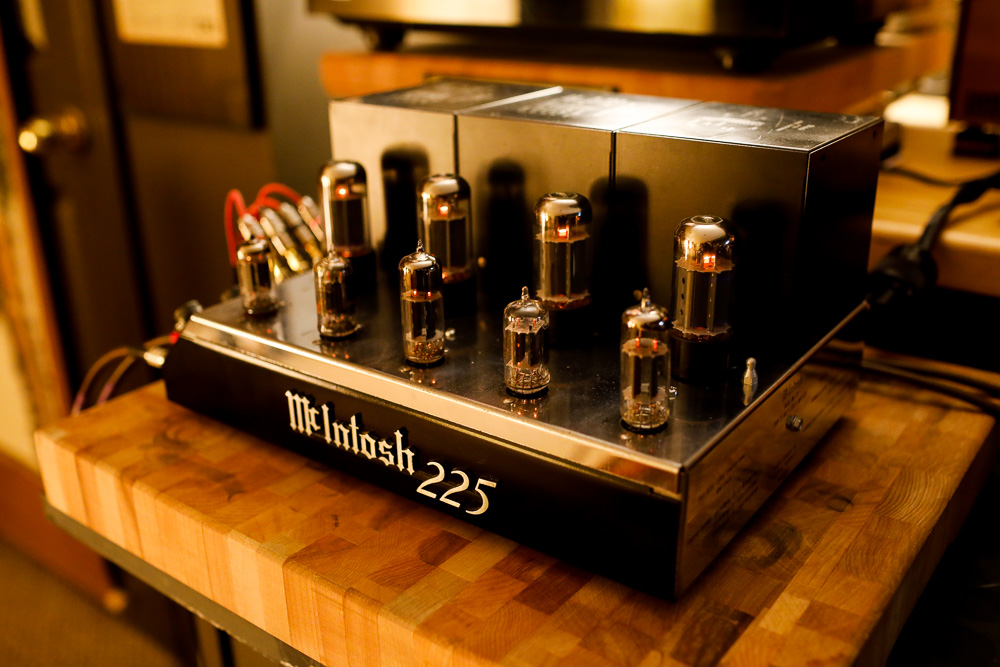
|
||||||||
|
Hooked up to 100 db/wm speakers reveal no noise, no hiss, no buzz or hum. Just superb and clean hifi at a level that is really eye opening. This is a vintage amplifier that can go head to head with anything out there, and sounds more "musical" and "right" than most. I am beyond impressed. The MC-225 exceeds my expectations by a wide margin. If you are looking for vintage hifi that needs no coddling or second thoughts, the 225 is a no brainer. |
||||||||
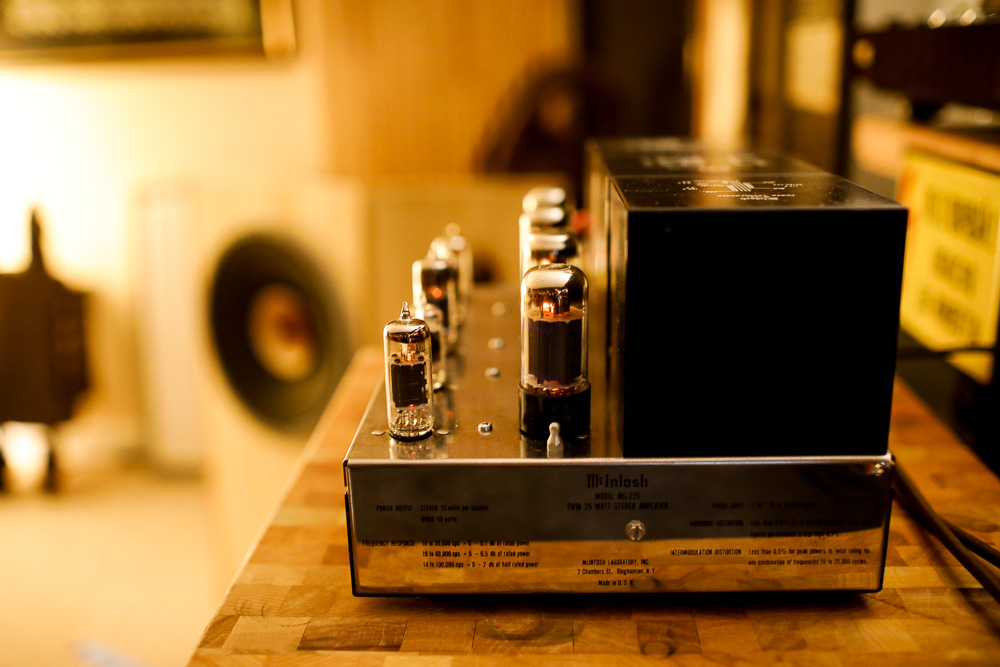
|
||||||||

|
||||||||
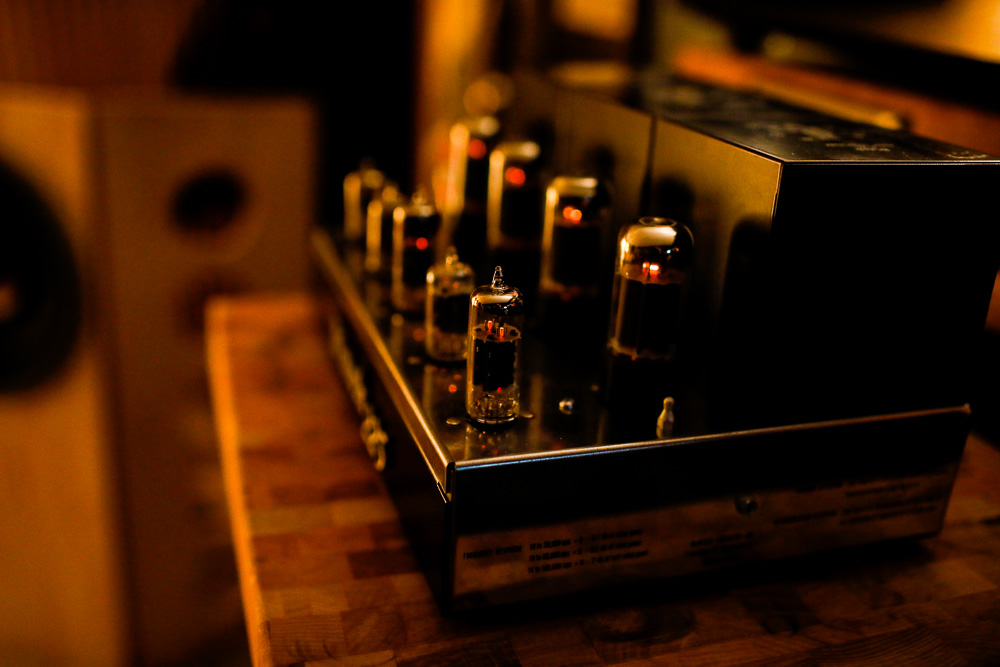
|
||||||||

|
||||||||
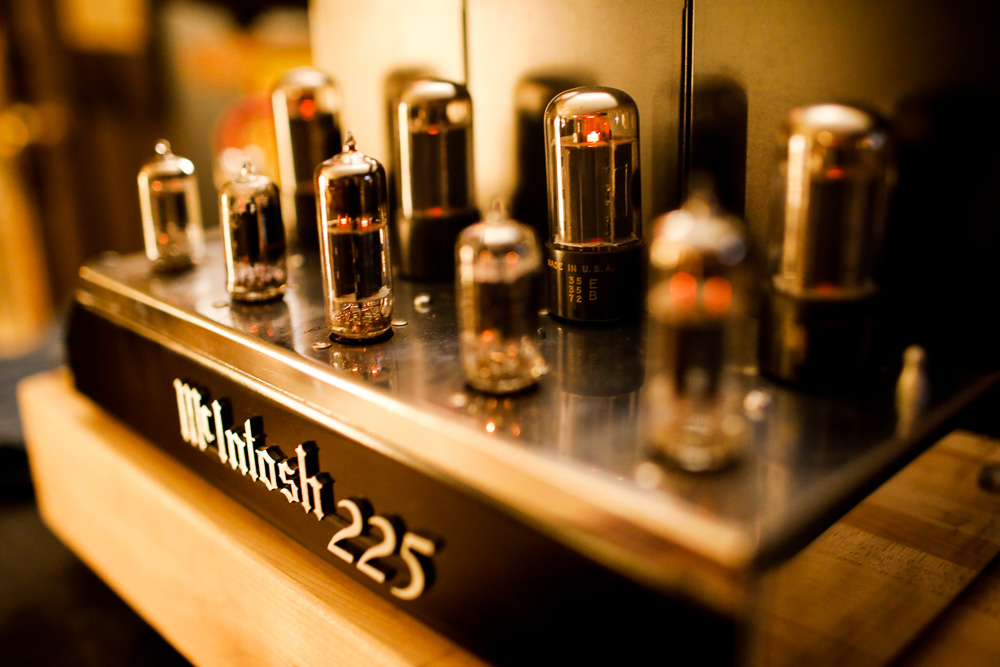
|
||||||||
|
There is some debate online about the sound of vintage vs modern production 7591 tubes, but that debate ended for me the moment I plugged in a quad of 1960’s tubes. Pictured here are vintage 7591, made for CMI but probably Sylvania or GE manufacture, and they clearly sound better than the modern Russian “Tung Sol” tubes that I had been using previously (which are still great sounding tubes in their own right…and 1/3 the price). The differences are immediate and plain to hear in my rig and there is no contest. Tonality is richer, voices sound more realistic, and the overall feeling of space is a bit bigger with the vintage tubes in place. If you have one of these amps it deserves old stock power and input tubes. |
||||||||
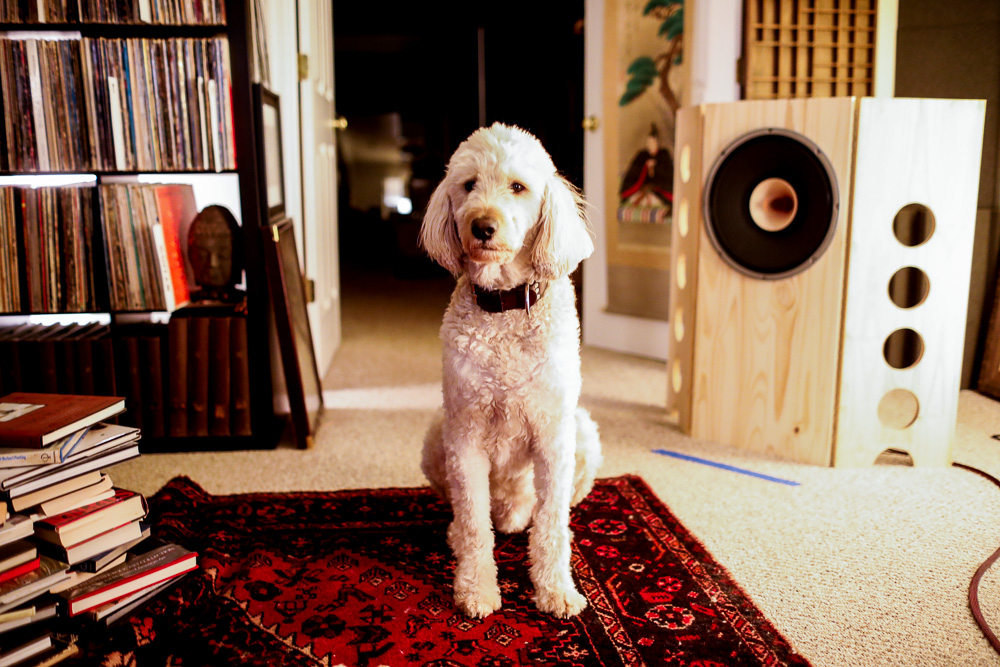
|
||||||||
|
Toby is a fan of the McIntosh 225! |
||||||||
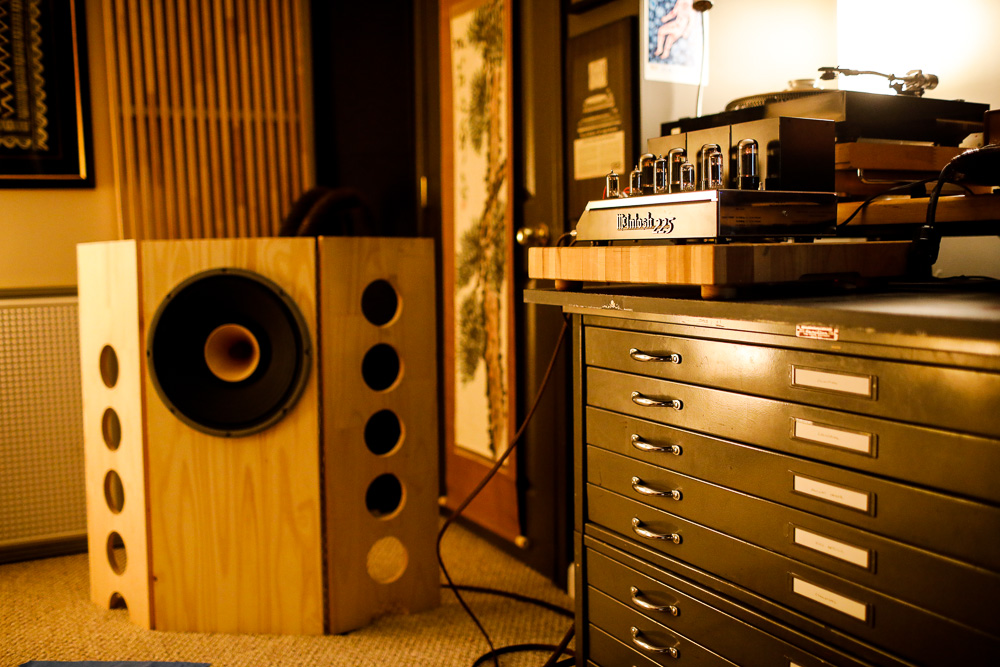
|
||||||||
|
This amp rolled off the factory floor 6 or 8 years before I was born. Here it is tonight, crisp and articulate, playing the music of 2020 with authority and power in a way that many new production amps just can't manage. Kudos McIntosh! I wish I still looked and performed this well. This one is really something special and I feel very lucky to have found and experienced it. |
||||||||
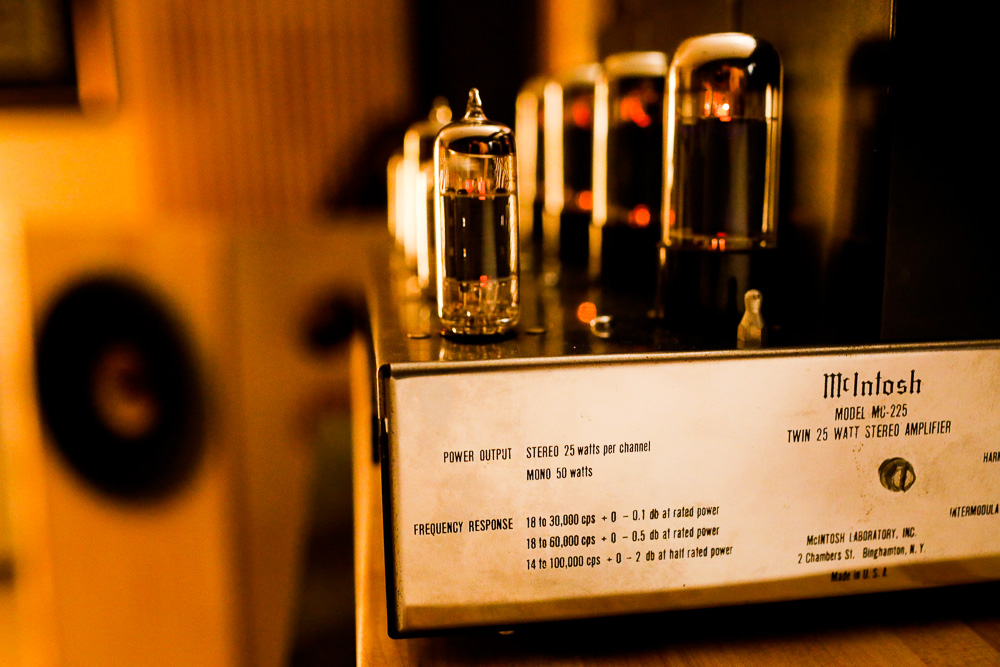
|
||||||||
|
Vintage? Modern? How about timeless. This 60-year-old tube amplifier is a statement about quality and longevity. And relevance. |
||||||||
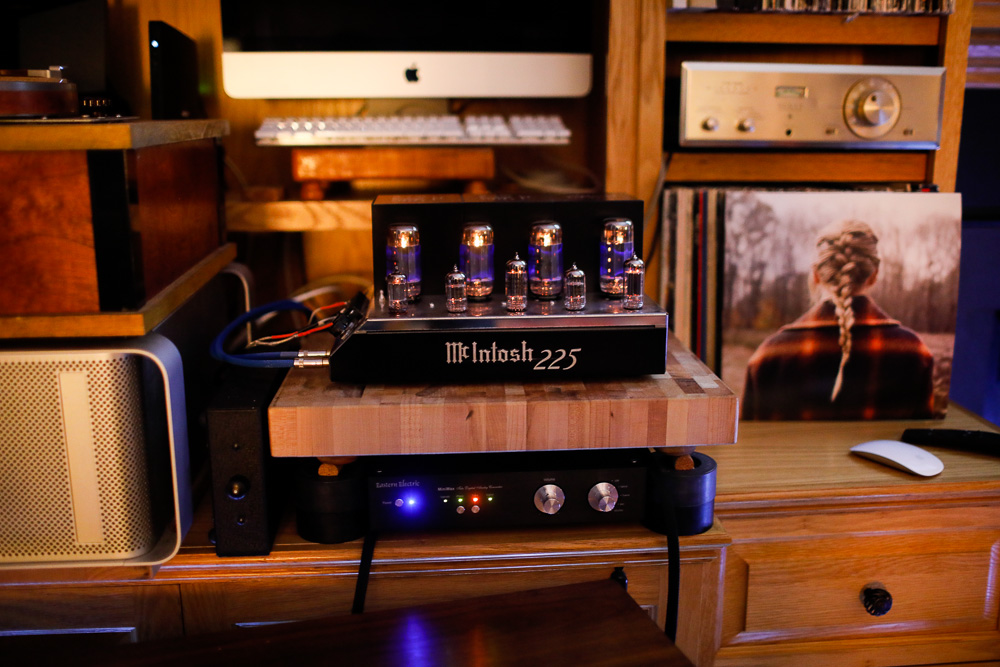
|
||||||||
|
2022: The McIntosh MC225 has found a nice place in rotation with my Lance Cochrane EL84 amp in my living room system. Connected via the 16 ohm tap to a pair of refurbished Bozak B305 Century speakers and using the built-in gain controls rather than an outboard preamp, the sound is amazingly coherent and full throughout the entire range. Big, bold, fleshed-out images floating in space, suspending disbelief as we sit at the dinner table 20 feet away. Incredible. |
||||||||
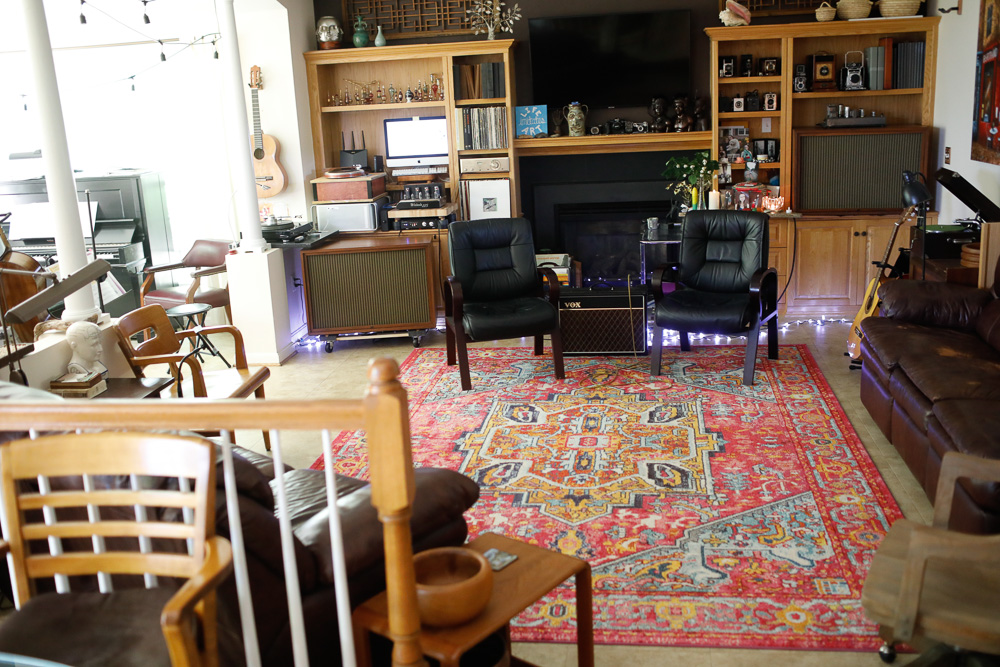
|
||||||||
|
The MC225 is such a wonderful amp, and although I do think it sounds fabulous on the modern full range drivers, it does really shine through the big Bozak speakers. There is something “more right” about the matchup, and its so pleasing to hear. We have Diana Krall or Holly Cole or Tom Waits life sized, playing in the living room. |
||||||||
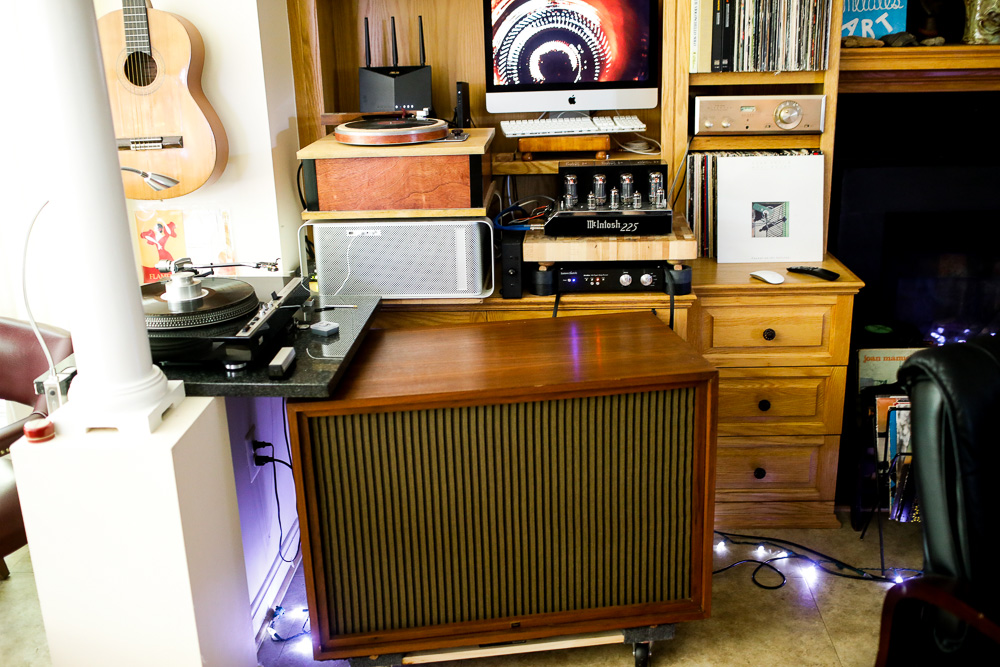
|
 |
|||||||
 |
 |
 |
 |
 |
|||
 |
|||||||
 |
|||||||